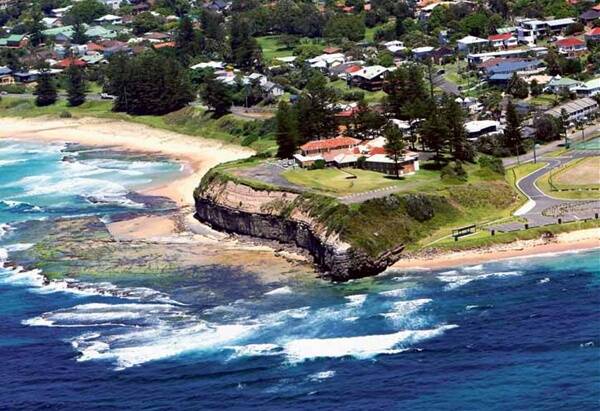
The legal fight for the redevelopment of 6500sqm of prime Austinmer real estate temporarily stalled yesterday after two key experts were unavailable to give evidence in court.Lawyers representing Wollongong City Council and Headlands Hotel developer Weriton Finance returned to Sydney's Land and Environment Court yesterday for day three of an appeal against the council's refusal of an application seeking to demolish the old hotel and replace it with serviced apartments, seven bed and breakfast dwellings, a day spa, restaurant and function centre.A series of individual reports from both parties covering heritage, archaeological, visual, ecological and urban design impacts were submitted to the court as evidence, with expert witnesses due to be called to explain their findings.However, shortly after the start of proceedings, Commissioners Tim Moore and Sue Morris were told two archaeology and visual impact experts working for the developer were unavailable.One man was in hospital and the other was flying interstate due to a family illness, the court was told.Weriton Finance's barrister, Andrew Pickles, said the archaeological debate could be heard today, but he was unsure if his client's visual impact expert would return to Sydney by Friday, when the finishing stages of the matter were set to be heard.Commissioner Moore said if he was not available, the matter would have to be further adjourned to February next year, but indicated that was not ideal given the drawn-out timetable.Meantime, the court was able to proceed with one of the reports yesterday, hearing from heritage experts on the site's Norfolk pine population.Wollongong council's representative, Dr Richard Lamb, told the court the group of trees was part of a wider plantation along the coastline and were culturally significant.He said while the pines were planted after the Headlands Hotel building was initially constructed, their numbers had been reduced over time.He said the scope of the development, particularly the position of the bed and breakfast dwellings on the northern side of the headland, would dominate the landscape for those viewing it from further up the coast without an enhanced tree line.Dr Lamb suggested more pines would be needed in positions that "reflect the historic pattern" where previous pines had stood to provide screening to the north.He said the day spa building, while bigger than the bed and breakfast dwellings, would be better screened by the existing trees and the topography of the land.Weriton Finance's heritage consultant, Graham Brooks, was not convinced changes to buildings on the site would significantly affect the trees, despite Wollongong council's barrister, Adrian Galasso, saying it appeared the plans did not consider any setback from the trees and all the buildings were higher than one storey."There will be a greater extension of the building but I'm not convinced it will create significant issues as the [current building] pre-dates the trees by 10 years," Mr Brooks replied.The council's environmental engineer Gary Leonard told the court in October that the pines could take up to 20 years to adjust if the planned structures altered wind conditions at the site.
Subscribe now for unlimited access.
$0/
(min cost $0)
or signup to continue reading

